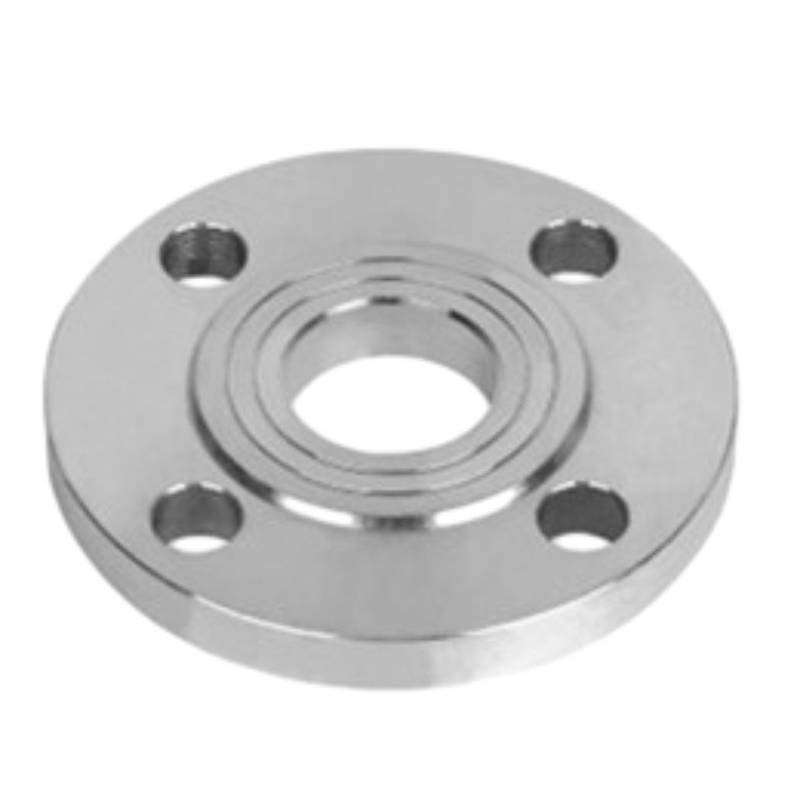-
Cangzhou Yulong Steel Co., Ltd.
-
Phone:
+86 13303177267 -
Email:
admin@ylsteelfittings.com
- English
- Arabic
- Italian
- Spanish
- Portuguese
- German
- kazakh
- Persian
- Greek
- French
- Russian
- Polish
- Thai
- Indonesian
- Vietnamese
- Zulu
- Korean
- Uzbek
- Hindi
- Serbian
- Malay
- Ukrainian
- Gujarati
- Haitian Creole
- hausa
- hawaiian
- Hebrew
- Miao
- Hungarian
- Icelandic
- igbo
- irish
- Japanese
- Javanese
- Kannada
- Khmer
- Rwandese
- Afrikaans
- Albanian
- Amharic
- Armenian
- Azerbaijani
- Basque
- Belarusian
- Bengali
- Bosnian
- Bulgarian
- Catalan
- Cebuano
- China
- China (Taiwan)
- Corsican
- Croatian
- Czech
- Danish
- Esperanto
- Estonian
- Finnish
- Frisian
- Galician
- Georgian
- Kurdish
- Kyrgyz
- Lao
- Latin
- Latvian
- Lithuanian
- Luxembourgish
- Macedonian
- Malgashi
- Malayalam
- Maltese
- Maori
- Marathi
- Mongolian
- Myanmar
- Nepali
- Norwegian
- Norwegian
- Occitan
- Pashto
- Dutch
- Punjabi
- Romanian
- Samoan
- Scottish Gaelic
- Sesotho
- Shona
- Sindhi
- Sinhala
- Slovak
- Slovenian
- Somali
- Sundanese
- Swahili
- Swedish
- Tagalog
- Tajik
- Tamil
- Tatar
- Telugu
- Turkish
- Turkmen
- Urdu
- Uighur
- Welsh
- Bantu
- Yiddish
- Yoruba

Nov . 08, 2024 04:48 Back to list
High-Quality Forged Socket Weld Fittings for Reliable Industrial Applications
Understanding Forged Socket Weld Fittings An Essential Component for Pipe Systems
Forged socket weld fittings, a vital element in the realm of piping and plumbing, serve as crucial connectors in various industrial applications. These fittings, made from high-quality forged steel, provide enhanced strength and durability, making them suitable for high-pressure and high-temperature environments. This article delves into the characteristics, manufacturing process, advantages, and applications of forged socket weld fittings.
Characteristics of Forged Socket Weld Fittings
Forged socket weld fittings are characterized by their unique design, which allows them to be easily attached to pipes. Essentially, they feature a socket into which the pipe is inserted and subsequently welded. This design provides a strong, leak-proof connection that is less likely to fail under extreme conditions. Typically, these fittings come in different shapes, including elbows, tees, and reducers, enabling them to meet diverse piping requirements.
Another important characteristic is the materials used in their production. These fittings are often manufactured from various grades of carbon steel, stainless steel, or alloy steel, enhancing their performance based on the application's specific demands. The choice of material directly affects resistance to corrosion, fatigue, and overall integrity, which is paramount in ensuring a long-lasting pipeline.
Manufacturing Process
The manufacturing of forged socket weld fittings begins with the selection of high-quality raw materials. The steel is then heated and forged into the required shapes through a series of processes, including hammering, pressing, or rolling. Forging significantly improves the grain structure of the metal, enhancing its mechanical properties compared to cast fittings.
Once the initial shape is achieved, the fittings undergo precision machining to ensure tight tolerances and a perfect fit. This intricate process often includes drilling, threading, and polishing. After machining, the fittings are subjected to rigorous quality inspections and testing, including non-destructive testing, to confirm their integrity and reliability before they are ready for use in various applications.
Advantages of Forged Socket Weld Fittings
forged socket weld fittings

One of the paramount advantages of forged socket weld fittings is their strength. The forged nature of the fittings allows them to withstand higher stresses and pressures compared to their cast counterparts. This makes them ideal for high-pressure systems often found in industries such as oil and gas, chemical processing, and power generation.
Additionally, the socket weld design helps to reduce the risk of leaks. Since the pipe is inserted into the fitting and then welded, the surface area available for the welded joint is increased, resulting in a stronger bond. This contributes to the overall safety and efficacy of the pipeline system.
Another significant advantage is the ease of installation. Forged socket weld fittings can be quickly aligned and tightened, leading to reduced installation costs and time. Their compact design also allows for versatility in tight spaces, making them a preferred choice in complex piping arrangements.
Applications of Forged Socket Weld Fittings
Forged socket weld fittings are widely used across several industries. In the oil and gas sector, they ensure the seamless transport of crude oil and natural gas under extreme pressure. In the chemical industry, these fittings handle various corrosive substances, providing reliability and safety. Power plants utilize forged fittings to manage steam and other high-temperature fluids efficiently.
Furthermore, these fittings are also commonly found in fire protection systems, water supply networks, and even in commercial plumbing applications. Their ability to perform under demanding conditions makes them indispensable in ensuring the integrity of piping systems globally.
Conclusion
In conclusion, forged socket weld fittings play a crucial role in modern piping systems, offering strength, reliability, and versatility. Their unique design, combined with high-quality manufacturing processes, makes them an ideal choice for various industrial applications. As industries continue to evolve and demand better performance from piping components, the significance of forged socket weld fittings will only grow. By understanding their characteristics and applications, engineers and designers can make informed choices that enhance the efficiency and safety of their systems.
Latest news
-
ANSI 150P SS304 SO FLANGE
NewsFeb.14,2025
-
ASTM A333GR6 STEEL PIPE
NewsJan.20,2025
-
ANSI B16.5 WELDING NECK FLANGE
NewsJan.15,2026
-
ANSI B16.5 SLIP-ON FLANGE
NewsApr.19,2024
-
SABS 1123 FLANGE
NewsJan.15,2025
-
DIN86044 PLATE FLANGE
NewsApr.19,2024
-
DIN2527 BLIND FLANGE
NewsApr.12,2024
-
JIS B2311 Butt-Welding Fittings LR/SR 45°/90° /180°Seamless/Weld
NewsApr.23,2024











